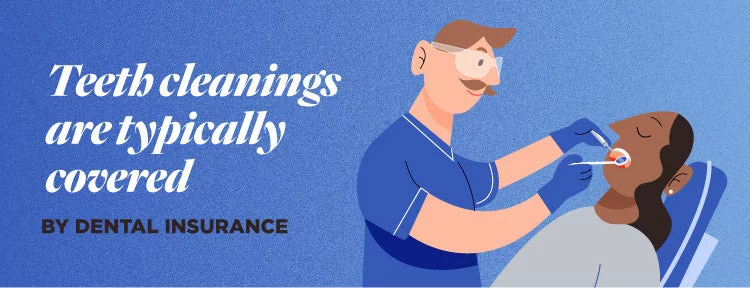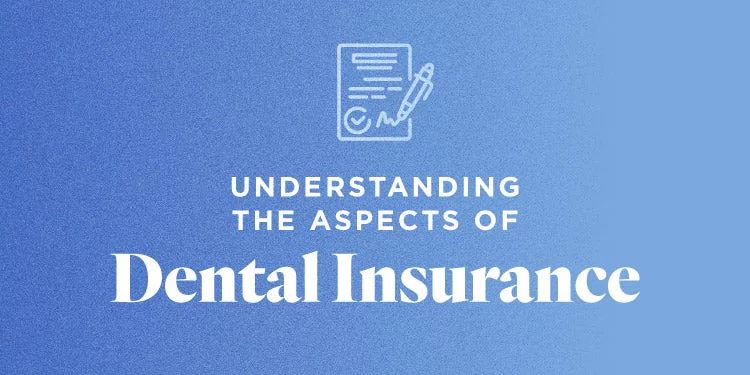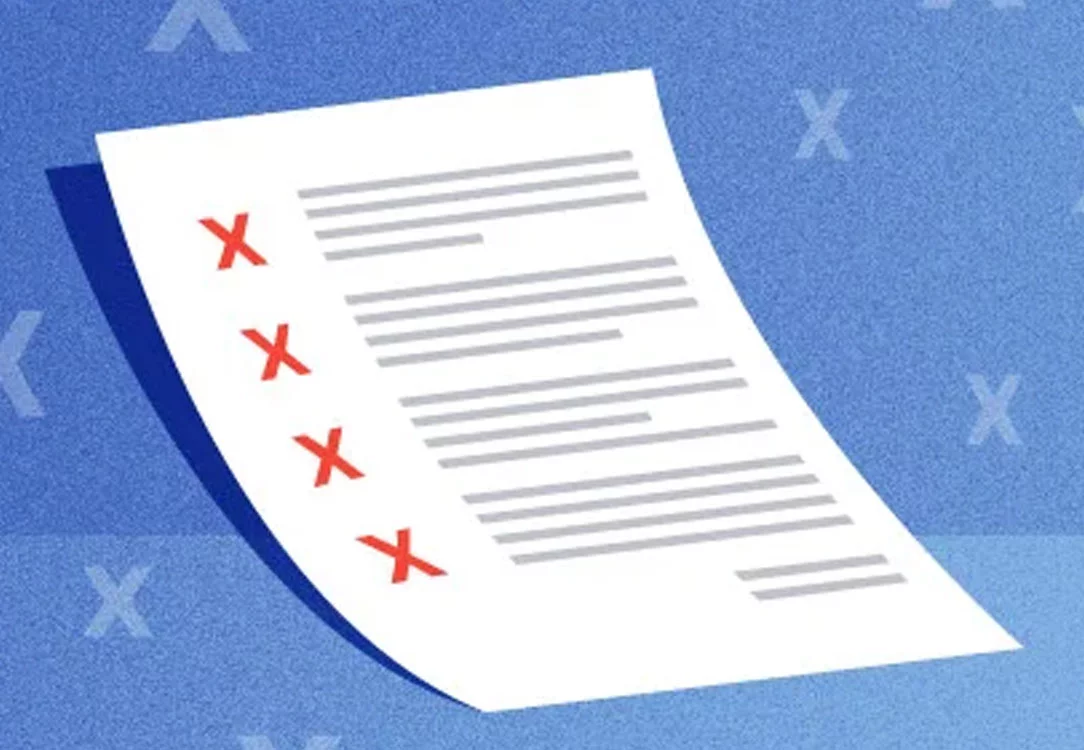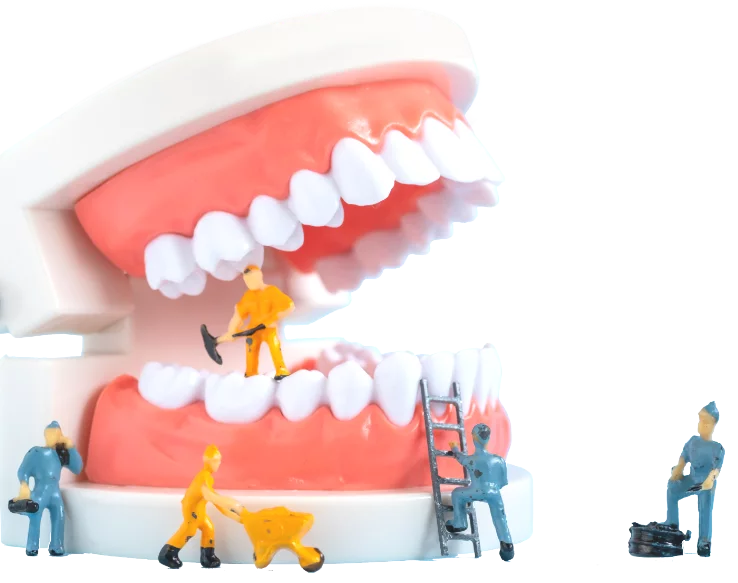What Is Dental Insurance?
Dental insurance is designed to assist you in maintaining good mouth health while helping offset costs for dental care procedures. The insurance pays a portion of the cost of treatment procedures so that the patient isn’t left with the entire bill.
How To Choose Your Dental Insurance
- Determine your needs: This is based on your dental health history and whether you have a family.
- Study the different plan types: Preferred Provider Organizations, Dental Health Maintenance Organizations, Discount Plans, and Managed Fee-for-Service Plans are the most common.
- Determine plan availability: Not every plan type will be available in your area.
- Understand what each plan covers: Your needs play a role in plan evaluation.
- Network size: This directly affects your procedure copay amounts.
- Finances: Know what you can afford for out-of-pocket costs.
What Does Dental Insurance Cover?
Dental insurance emphasizes preventive coverage. It also shares the costs of other procedure types. Dental insurance tends to follow the 100-80-50 coverage structure, where those numbers equate to the percentage of the procedure's cost that is covered. Broken down, that often means:
- 100%: This includes routine preventive and diagnostic care like professional cleanings and oral exams.
- 80%: This covers basic procedures and includes fillings, root canals, and tooth extractions.
- 50%: This covers major procedures like bridges, crowns, and implants.

What Does Dental Insurance Not Cover?
Items not covered by dental insurance can be divided into three classifications:
- Cosmetic procedures: Teeth whitening is a typical example of a procedure not covered by insurance.
- Pre-existing conditions: Conditions a patient had prior to enrolling in a plan typically aren’t covered by dental insurance.
- Select procedures: Some plans don't cover specific procedures like orthodontia. The specifics are outlined in the plan's documents.
Does Health Insurance Cover Dental Care?
Yes, health insurance can cover dental care, but not always. Health insurance can provide dental coverage in a few ways:
- Through an employer-provided health plan
- As part of a self-purchased health plan
- As a stand-alone dental plan or “rider”
What Are the Types of Dental Insurance?
Knowing the different types of dental plans will help a patient choose one that works best for their specific needs, including the out-of-pocket costs, benefits, and deductibles of each plan. Here is a summary of four of the most common types of dental insurance plans.
Dental Health Maintenance Organization (HMO)
Dental Savings Plans
Also known as a Dental Discount Plan, this plan lets members choose from a group of participating dentists who bill their services at reduced rates. Participating members pay an annual fee to obtain discounted rates. This plan type usually has a lower premium than a Preferred Provider Organization (PPO) or a Managed Fee for Service Plan.
Managed Fee-for-Service Plans
Preferred Provider Organization

What Is Dental PPO?
Preferred Provider Organizations account for more than 80% of dental insurance plans. PPO plans are so popular due to the advantages they offer, such as:
Financial Savings
Plan Flexibility
What Is a Deductible?
A deductible is the amount members pay for covered dental services before the dental plan starts to pay. Deductibles typically reset once every 12 months, with most providers following the calendar year.
What Is a Copay?
A copay, also referred to as a copayment, is the payment portion of a particular dental service for which the patient is financially responsible.
What Is Coinsurance?
Coinsurance takes effect once a plan deductible has been met. When that is the case, insurance policies usually cover a percentage of the outstanding costs. The patient is financially responsible for the remainder, referred to as coinsurance. A plan’s coinsurance amount typically ranges from 20% to 80% of the total bill.
Do I Have to Choose a Dentist Within My Network?
You don’t have to choose a dentist within the plan’s network depending on your plan type. However, opting for out-of-network dentists can make your payments significantly more expensive.
Find a Dentist Near Me
Consult your dentist to discuss any questions about dental insurance 101 and dental plans. Or, check out The Smile Generation Find a Dentist tool to find a dentist near you for all your mouth health needs. You can read patient reviews, peruse staff bios, and schedule an appointment online with a click of your mouse.
Find your trusted, local dentist today!
Sources
Understanding PPO dental plan benefits, Delta Dental, https://www.deltadental.com/us/en/protect-my-smile/dental-insurance-101/ppo-dental-insurance.html
How Does Dental Insurance Work?, Cigna, cigna.com/knowledge-center/how-does-dental-insurance-work
What are the different types of dental insurance plans?, Delta Dental, https://www.deltadental.com/us/en/protect-my-smile/dental-insurance-101/types-of-dental-insurance-plans.html
What does my dental insurance cover?, Delta Dental, https://www.deltadental.com/us/en/protect-my-smile/dental-insurance-101/what-does-my-dental-insurance-cover.html
Walton, Justin, “How Does Dental Insurance Work?”, Investopedia, March 09, 2022, investopedia.com/articles/personal-finance/111715/how-does-dental-insurance-work.asp
Dental insurance deductibles – explained, Delta Dental, https://www.deltadental.com/us/en/protect-my-smile/dental-insurance-101/dental-insurance-deductibles.html
How to choose a dental insurance plan, Delta Dental, https://www.deltadental.com/us/en/protect-my-smile/dental-insurance-101/how-to-choose-dental-insurance-plan.html
Davalon, “How Does Dental Insurance Work?”, eHealth, October 13, 2022, https://www.ehealthinsurance.com/resources/dental-insurance/dental-coverage-explained
Smile Generation blog articles are reviewed by a licensed dental professional before publishing. However, we present this information for educational purposes only with the intent to promote readers’ understanding of oral health and oral healthcare treatment options and technology. We do not intend for our blog content to substitute for professional dental care and clinical advice, diagnosis, or treatment planning provided by a licensed dental professional. Smile Generation always recommends seeking the advice of a dentist, physician, or other licensed healthcare professional for a dental or medical condition or treatment.








